Internet of Things Impact on Crime and Law: A Research Report
VerifiedAdded on 2023/06/05
|11
|976
|165
Report
AI Summary
This report delves into the influence of the Internet of Things (IoT) on crime and legal systems. It begins with an introduction to IoT, highlighting its potential for achieving organizational goals efficiently. The research investigates the meaning and concept of IoT, exploring its techniques for crime detection and applications in community safety and crime prevention. The study formulates hypotheses regarding the relationship between IoT, crime, and law. The methodology employs a descriptive research design, utilizing both primary and secondary data collection methods, including surveys and interviews. The report reviews relevant literature, discussing biometric identification, alcohol consumption, and IoT technologies in crime detection. Variables such as IoT (independent) and crime/law (dependent) are examined. Data collection involves simple random and judgmental non-probability sampling techniques. The study concludes with references to support its findings. This research report is available on Desklib, a platform providing AI-based study tools for students.
1 out of 11
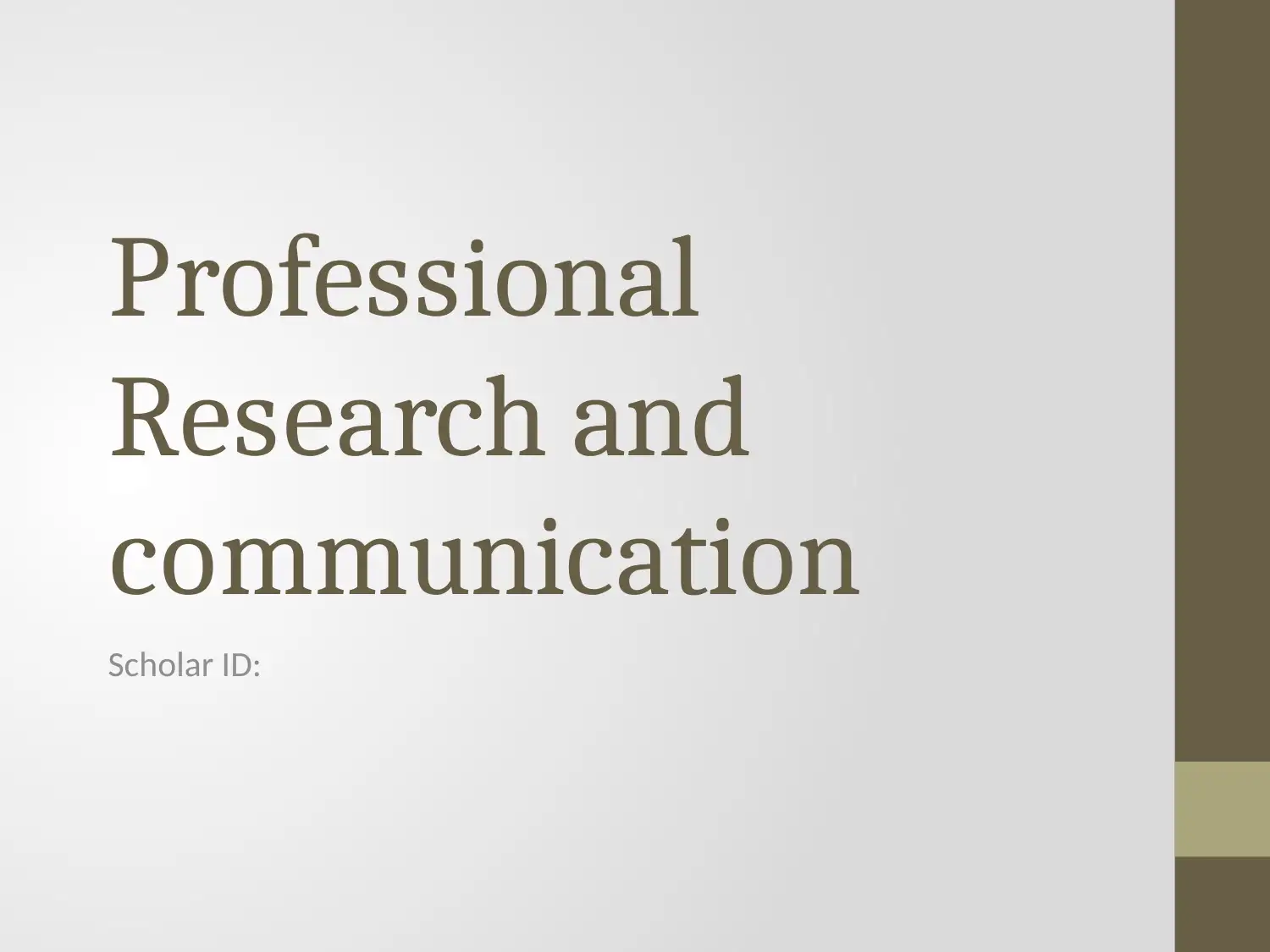
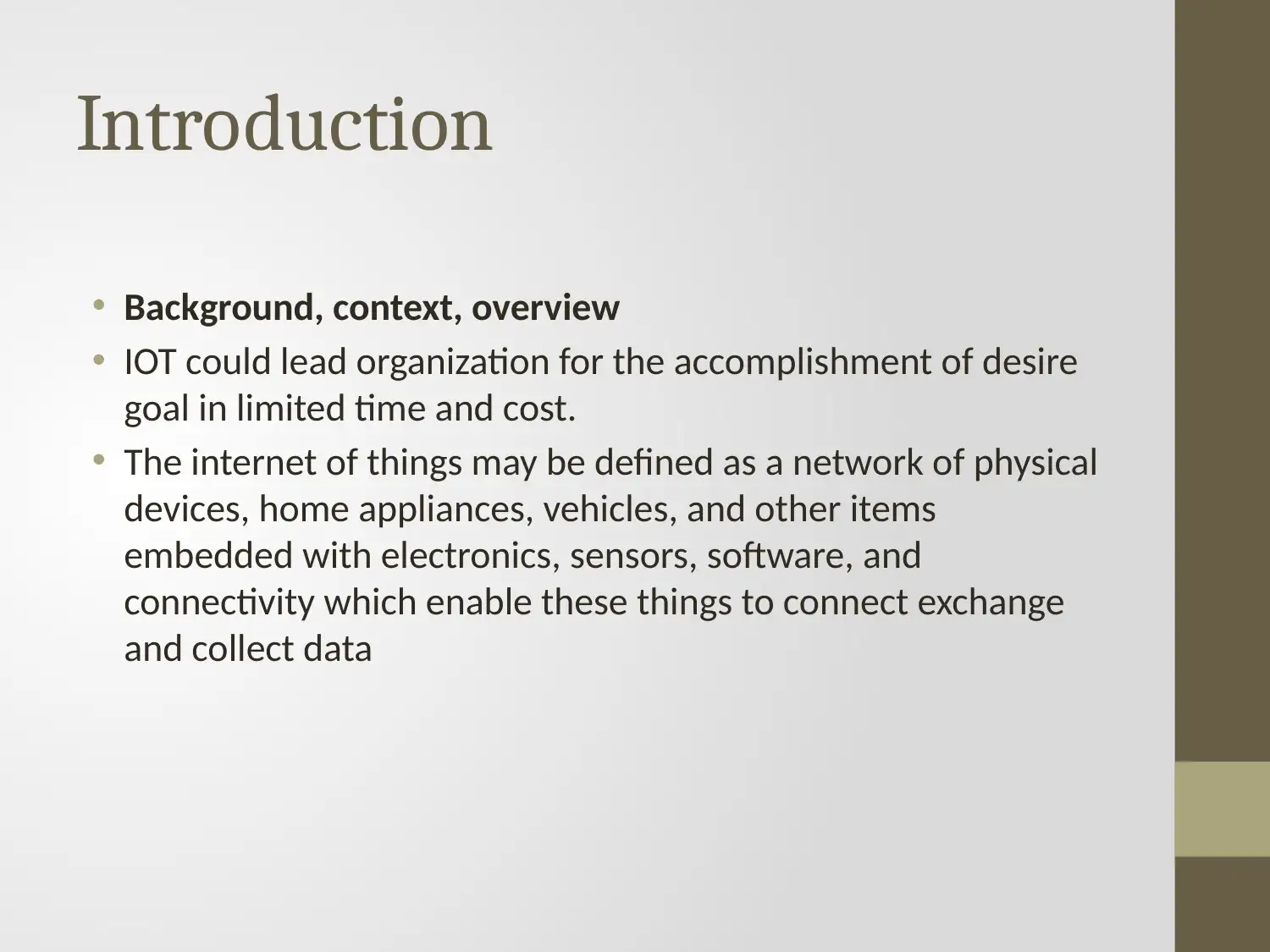
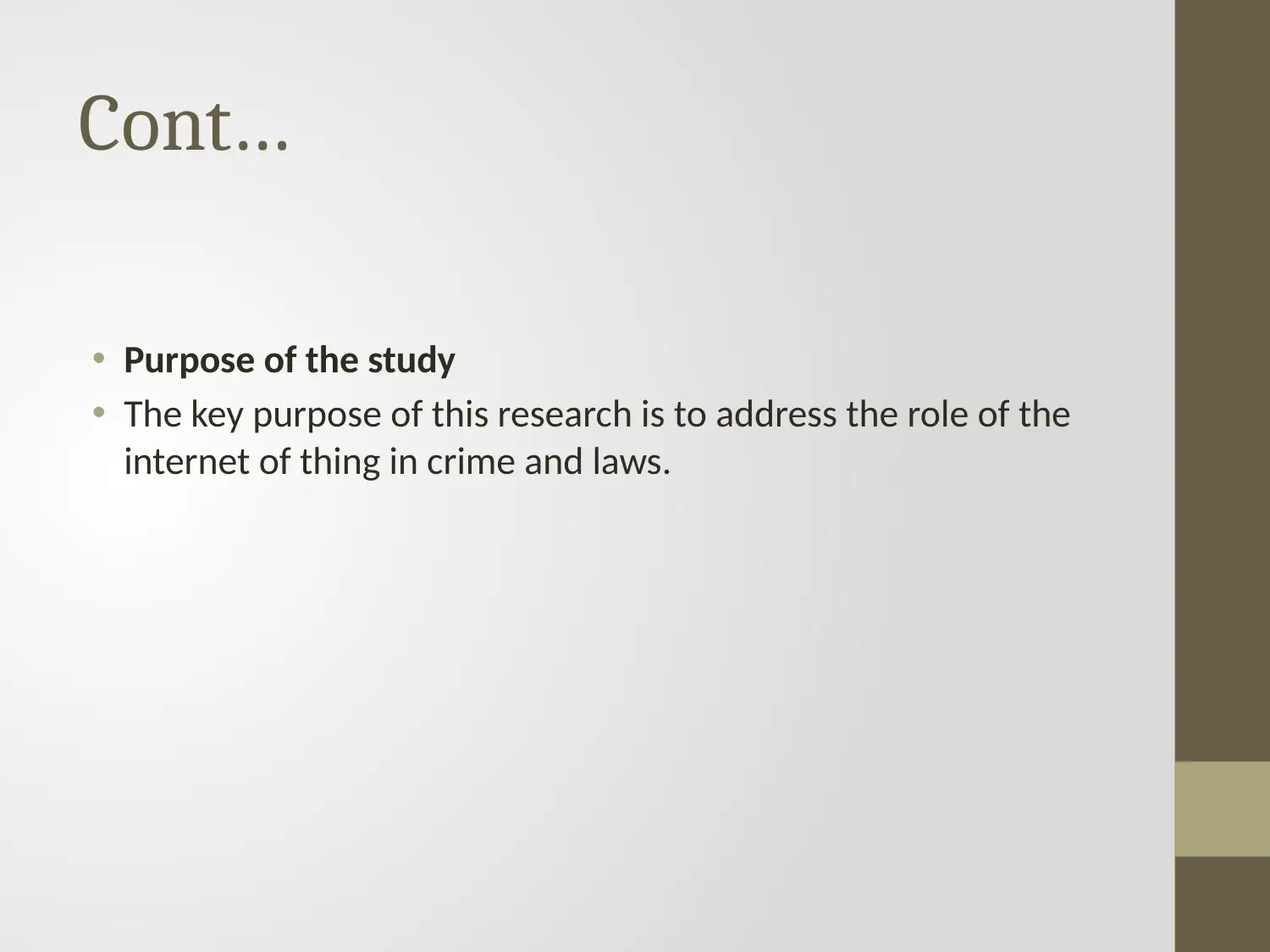

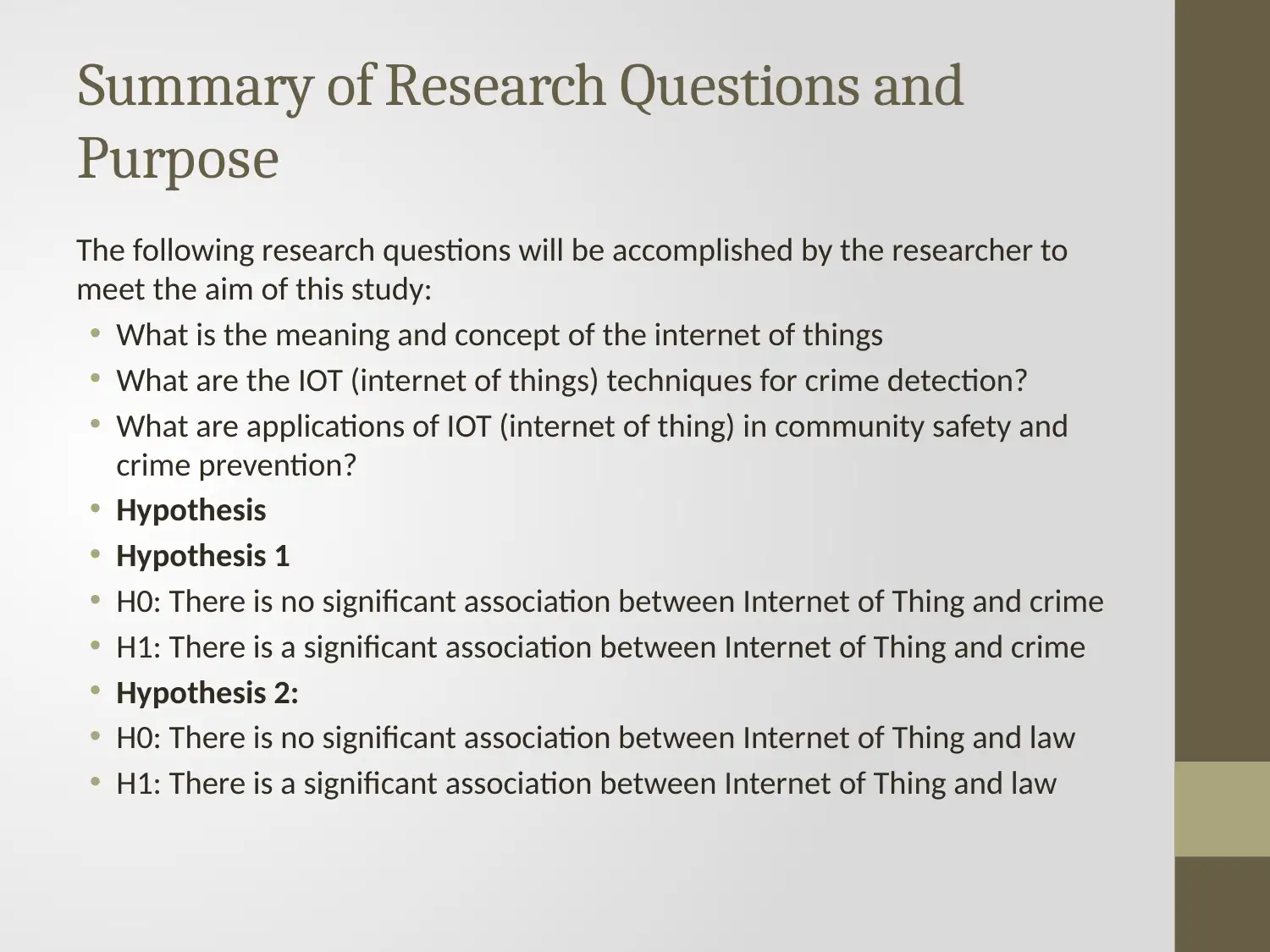
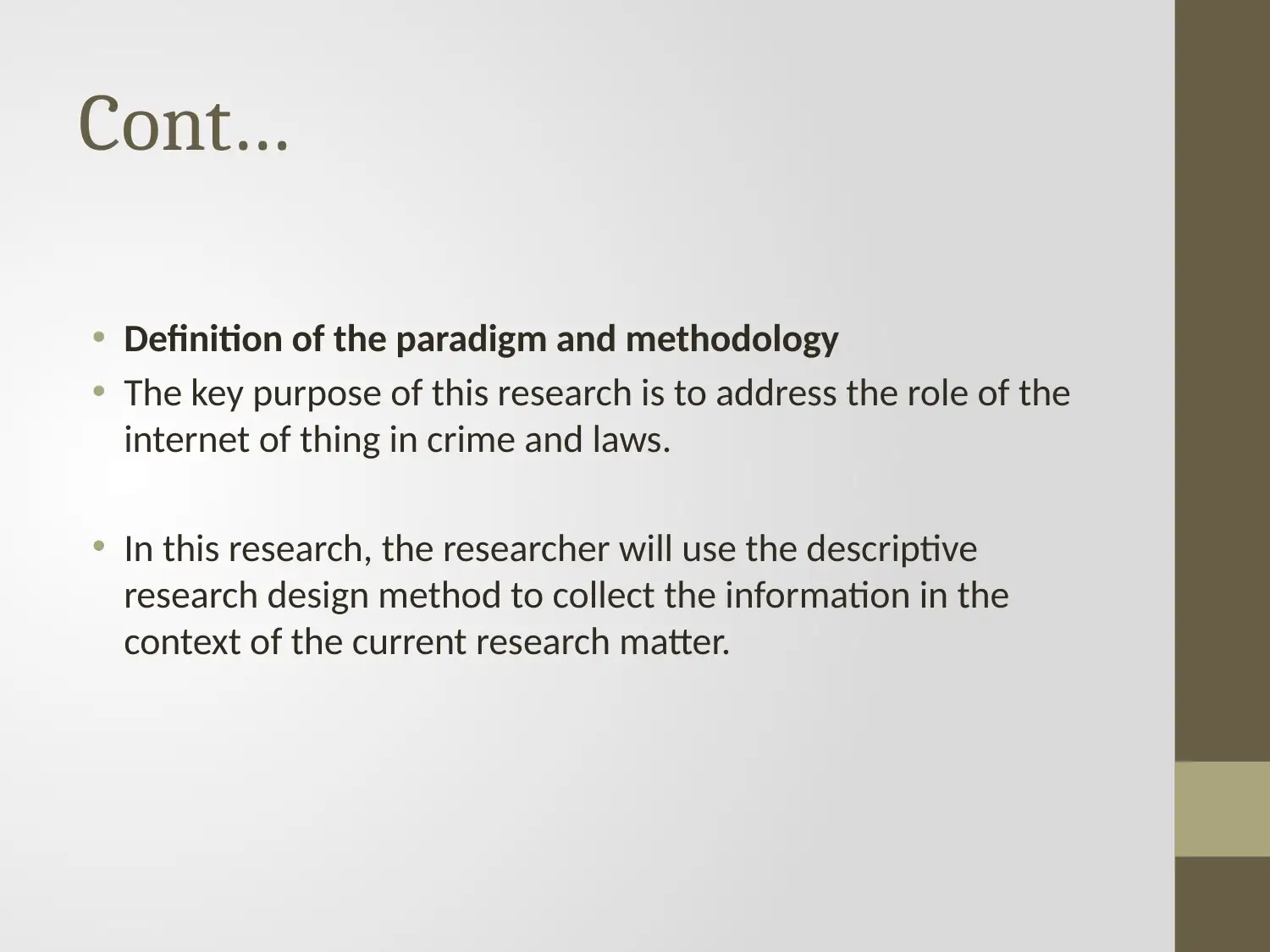
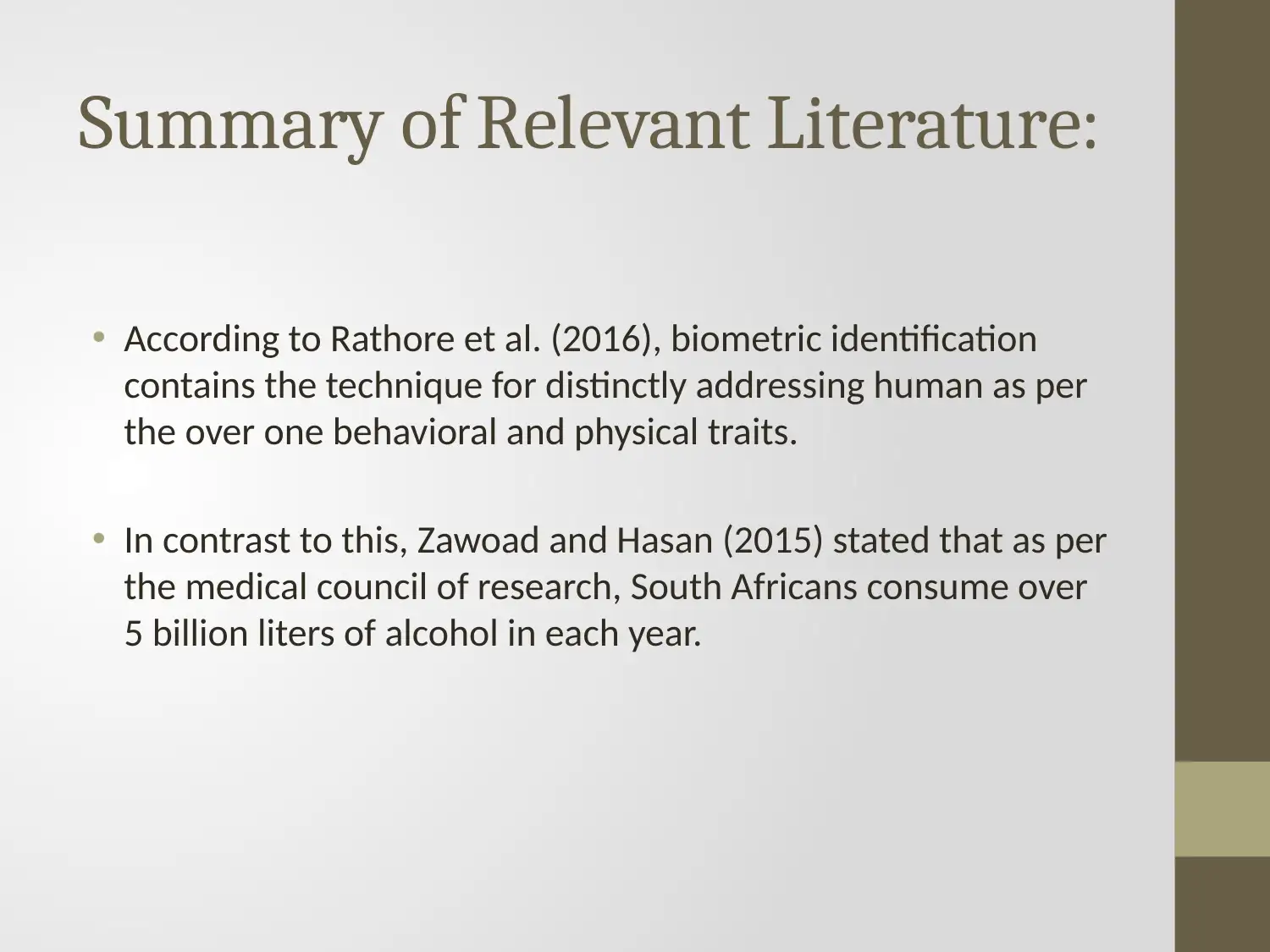
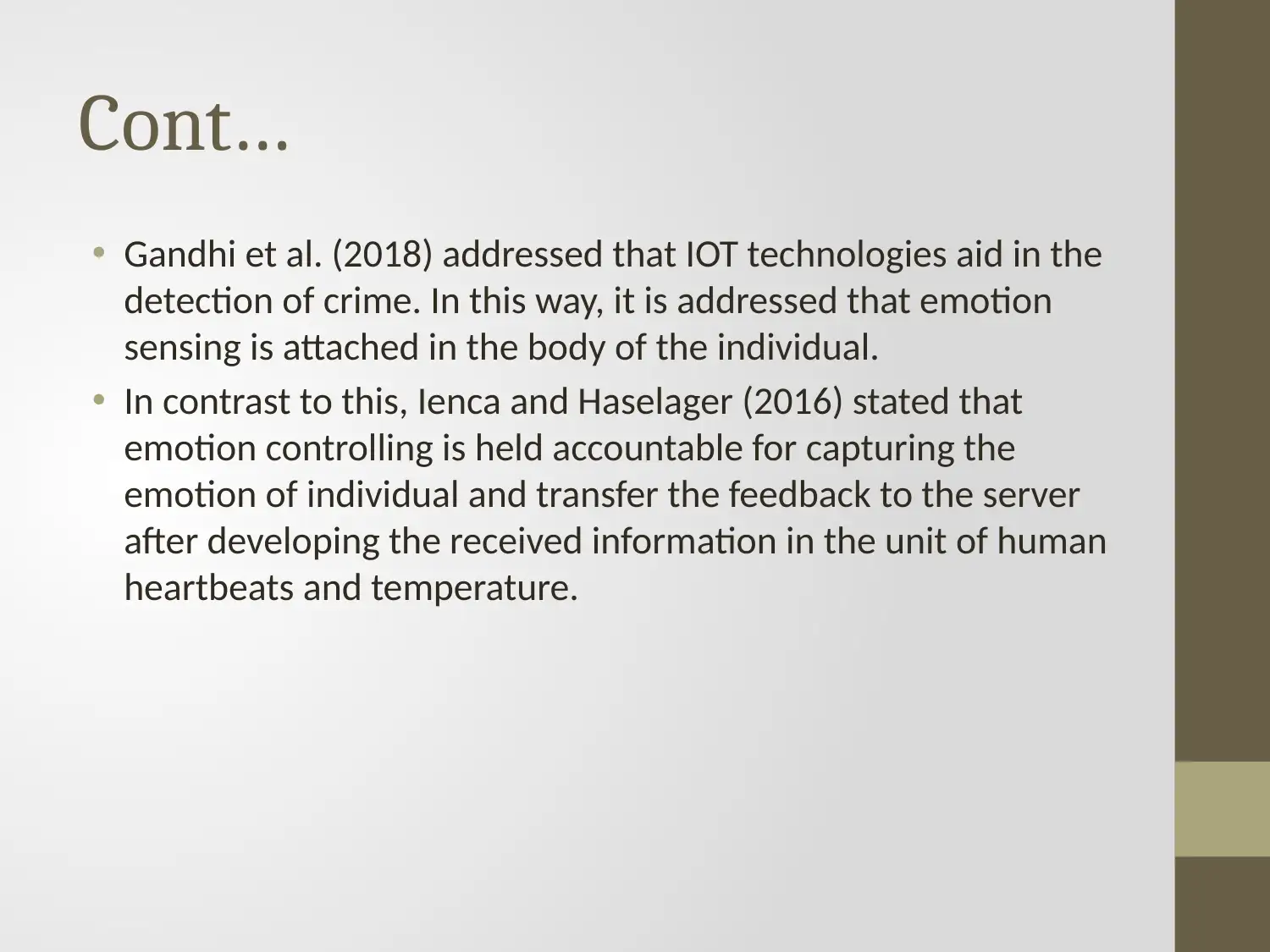
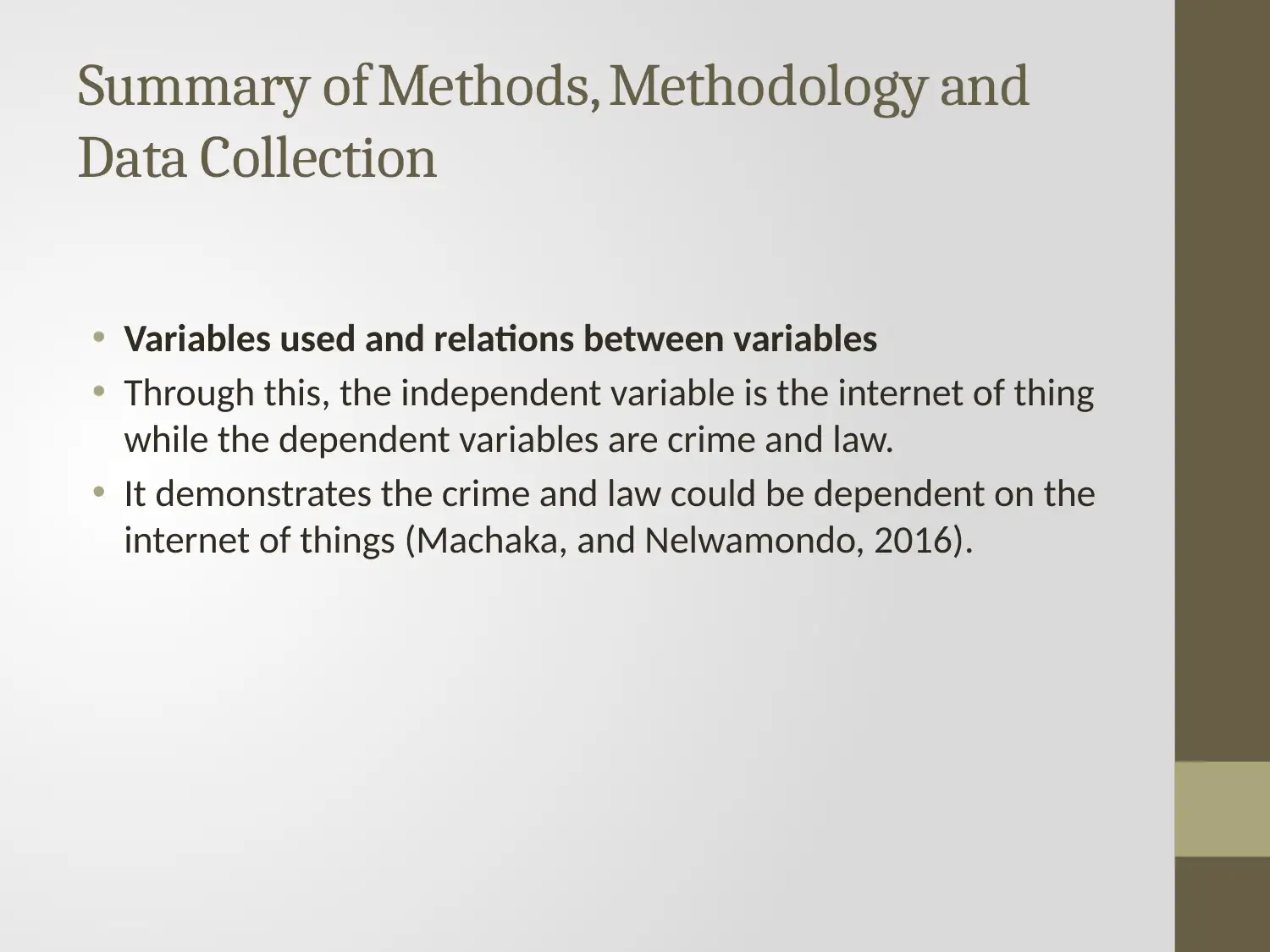
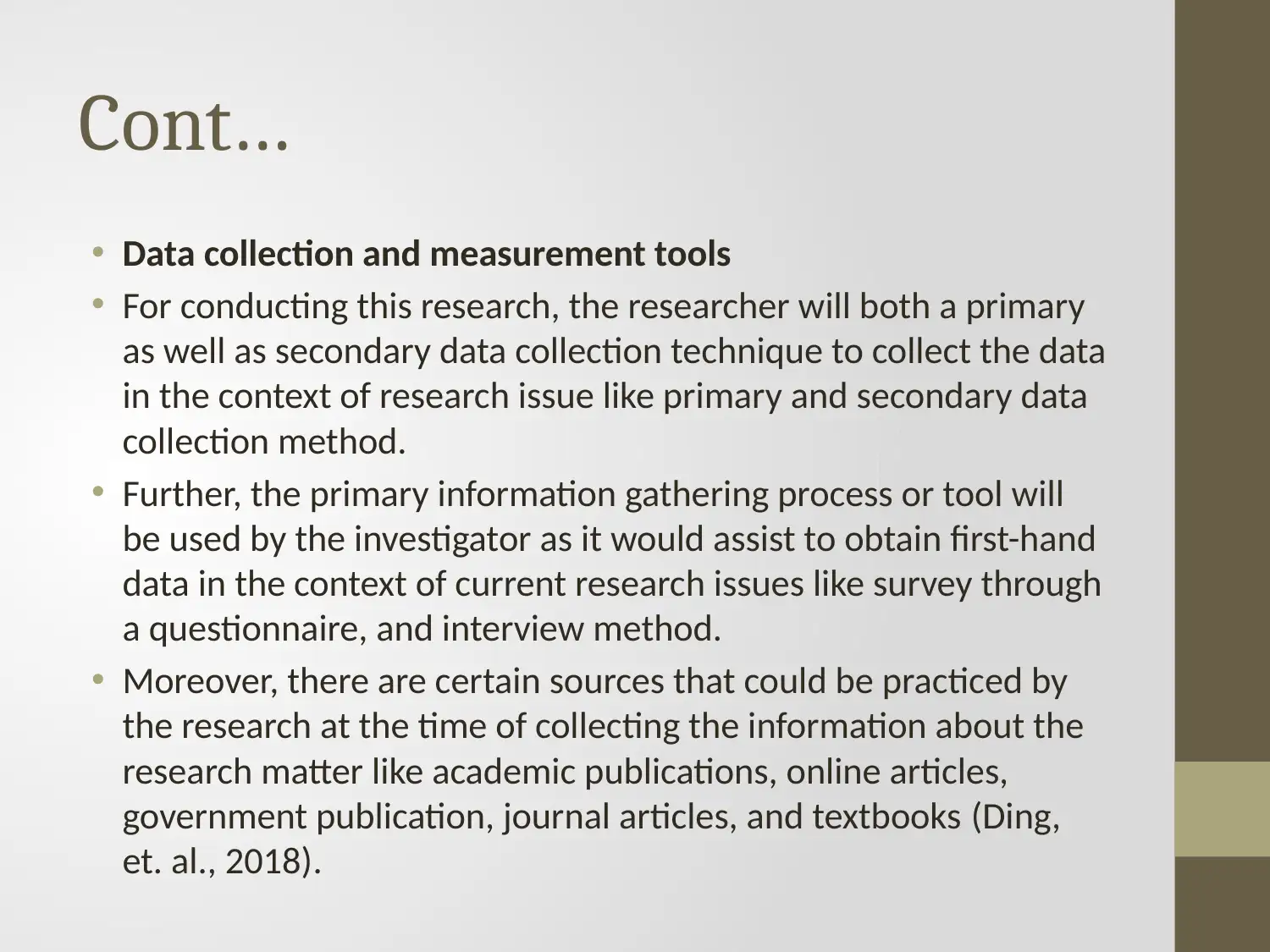
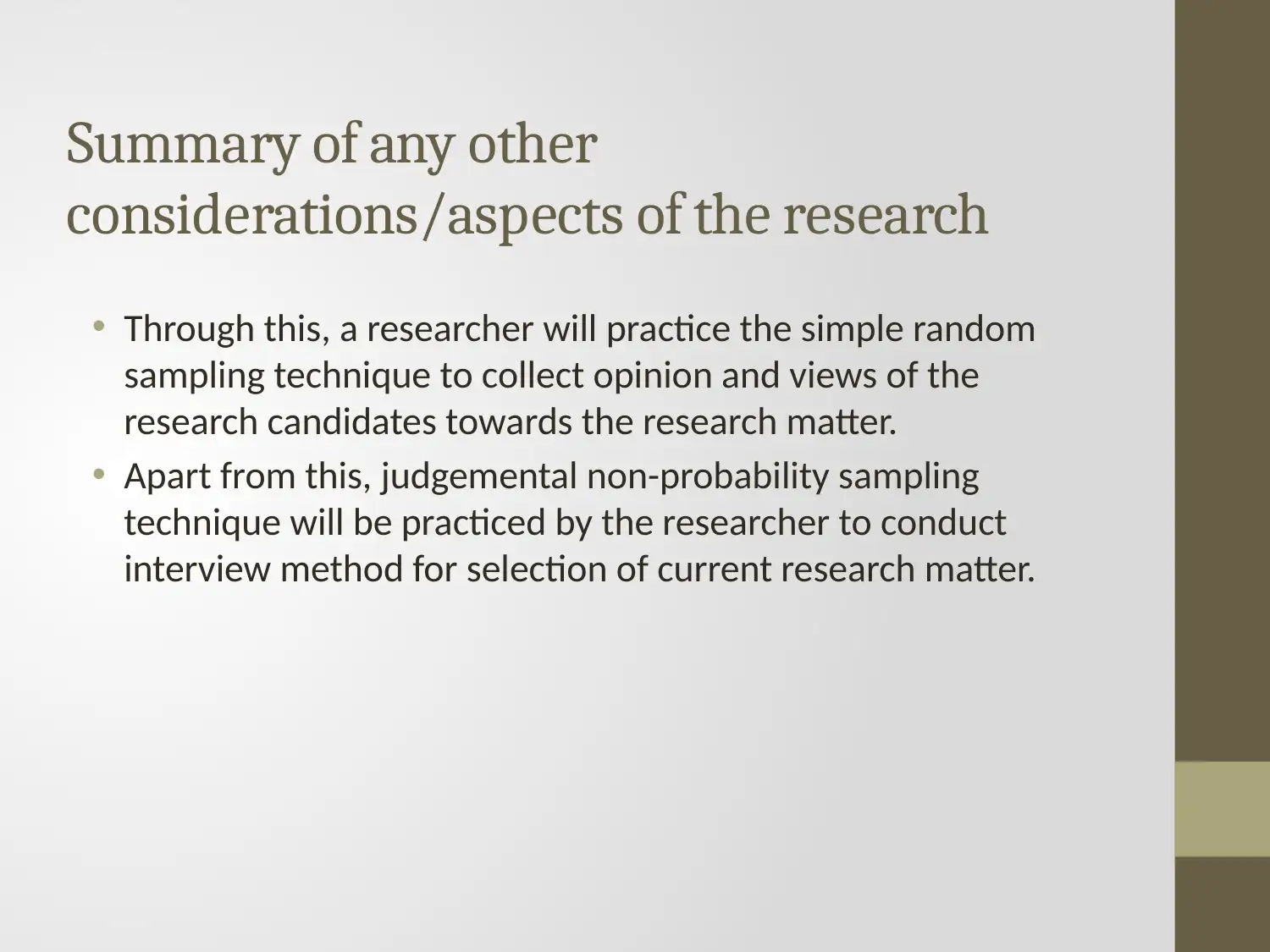
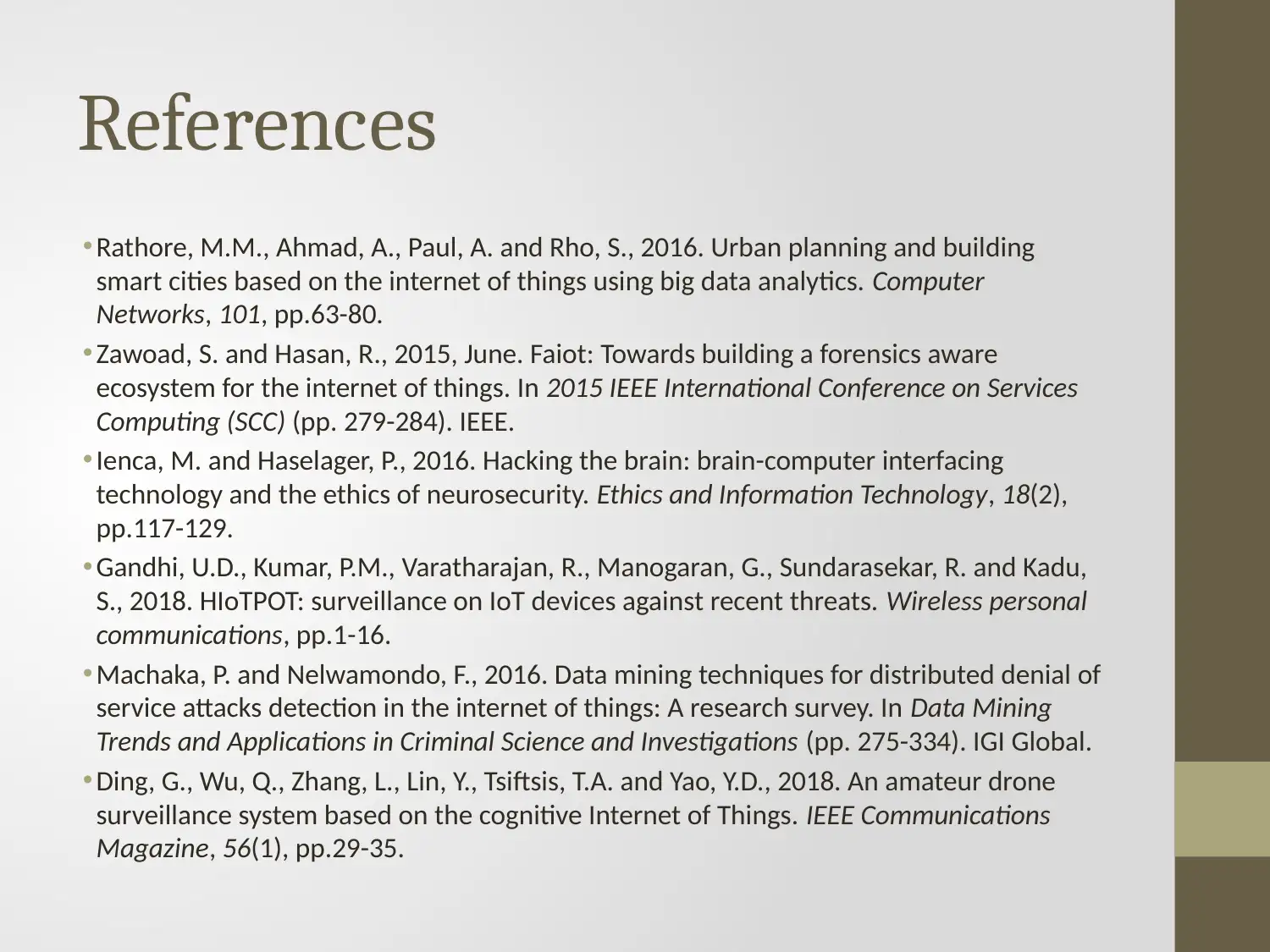






![[object Object]](/_next/static/media/star-bottom.7253800d.svg)